Prof. Dr. Soottawat Benjakul is a professor in Food Science and Technology, International Center of Excellence in Seafood Science and innovation (ICE-SSI), Faculty of Agro-Industry, Prince of Songkla University (PSU), Hat Yai, Songkhla, Thailand. He received his Ph.D. (Food Science and Technology) from Oregon State University, USA in 1997 under the support from the Fulbright scholarship. After graduation, he joined the Department of Food Technology (PSU). He has focused his research on seafood science and technology. His major fields of interest are the seafood quality as well as the valorization of fish processing byproducts. He is interested in tackling the problem associated with seafood quality loss. He has currently focused his research on non-thermal processes and natural additives for shelf-life extension of seafood and products. Moreover, he has emphasized his research in utilization of seafood processing byproducts via conversion to value-added products, especially functional ingredients or nutraceuticals. He has received several research grants from national and international agencies. Within approximately 26 years of his career path, he has been named as several prestigious award recipients. He has published more than 1,060 research and review articles in peer-review international journal indexed by Scopus with H-index of 102 and his citation is higher than 44,500 (updated in February, 2024). He was also named as the winner of the invention awards related with the development of value-added products based on fish processing leftover from the international exhibition of invention. He has been listed as the top 1% of researchers for most cited documents in the field of Agricultural Sciences by Clarivate Analytics for 8 consecutive years. He established ‘International Center of Excellence in Seafood Science and Innovation, ICE-SSI’, where he has been the director so far, at PSU. This center aims to strengthen the seafood research and extension in Thailand and southeast Asia. He has served as the reviewer for a number of journals as well as research proposals submitted to several granting agencies. He was appointed as editorial board for Journal of Food Biochemistry since 2000, for Journal of Food Science since 2016, for Science Asia since 2020 and for Foods since 2021. He has also served as the editor for Fisheries Science since 2015 and the associate editor for International Aquatic Research since 2010.
Potential uses as food additives and nutraceuticals shrimp processing industry is crucial for the economy of many countries. During processing, especially peeling process, a large amount of shell is generated. Therefore, the goal of these studies was to convert shrimp shell to marketable high-value products with bioactivities.
Chitooligosaccharide (COS) were produced by several methods, which could cleave glycosidic bonds of chitosan, e.g. enzymatic, physical and chemical reactions. However, chemical reactions, especially redox pair (H2O2 + ascorbic acid) reaction was demonstrated to be a promising means for producing COS due to its high potential, less time-consuming and cheap process. Molecular characteristics and activities of COS were studied. COS had both antioxidant and antimicrobial activities, which could be applied as food additives to retard both chemical and microbial deteriorations. To enhance the bioactivity of COS, the conjugation with several plant polyphenols (PPN) were carried out. Type of polyphenols played a profound role in bioactivities of resulting conjugates. Both COS and COS-PPN were employed as the antimicrobial agents, in which MIC and MBC were varied toward gram+ and gram- bacteria, depending on concentration and type of PPN conjugated with COS. COS-PPN conjugate generally exhibited higher antioxidant activity than COS. COS-PPN could retard blackening of shrimp via inhibiting polyphenoloxidase (PPO) as well as the lower discoloration associated with metmyoglobin formation of tuna slices. Nutraceutical properties of COS-PPN were also investigated. It could prevent the fatty liver disease in Wistar rats caused by the high fat food consumption as witnessed by lower cholesterol and triglyceride as well as the decreases in several markers including AST (Aspartate transaminase), ALT (Alanine transaminase), and ALP (Alkaline phosphatase) Also, it could lower apoptosis and necrosis of EA.hy926 cells from human umbilical vein in the presence of thapsigargin (Tg) and tunicamycin (Tu), suggesting the ability to lower atherosclerosis and cardiovascular disease.
In conclusion, shrimp shell could be better utilized via production of COS or COS-PPN conjugates. In addition, they could serve as natural additive and nutraceutical product, thus enhancing valorization and sustainability of aquatic resources.
